It’s getting to that time of the century. A hundred years ago to the month, if not quite the day, the Winter Palace was stormed, and the Russian Revolution came to pass. To commemorate the communists’ accession, Russia 1917: Countdown to Revolution (BBC Two) pieced together the narrative for those who haven’t read all or indeed any of the books on the Bolsheviks.
A battalion of historians answered the summons to give their version of events, the types whose titles are prominently displayed in airports and beyond. Indeed, if you lobbed a Molotov cocktail into the documentary's green room you’d severely deplete the UK’s stock of Stalin fanboys. And boys they mainly were. Saving the presence of Helen Rappaport and Bridget Kendall, this retelling of the October revolution boiled down to a face-off between Simon Sebag Montefiore and Orlando Figes with wry asides from Victor Sebestyen.
Savoury storytellers, they were the ones entrusted with the business of narrating the events on the crucial day, and the edit cut between them as if at a game of communist historian ping pong. "It was the first Bolshevik lie," said Sebestyen as Trotsky's oratorical enthusiasm got the better of him and he prematurely claimed Kerensky's provisional government had fallen. Figes described Lenin, back from exile and disguised by bandages, mumbling his way past the guards as he headed for the Smolny Institute where the revolution was hatched: “This is the one moment when one man makes all the difference,” he posited. Sebag Montefiore placed us at Lenin’s elbow in Room 36. “These series of shambolic rooms, half encampment, half military headquarters, half student bivouac, are the centre of the world.” That’s a lot of halves, but then this was a confusing time.
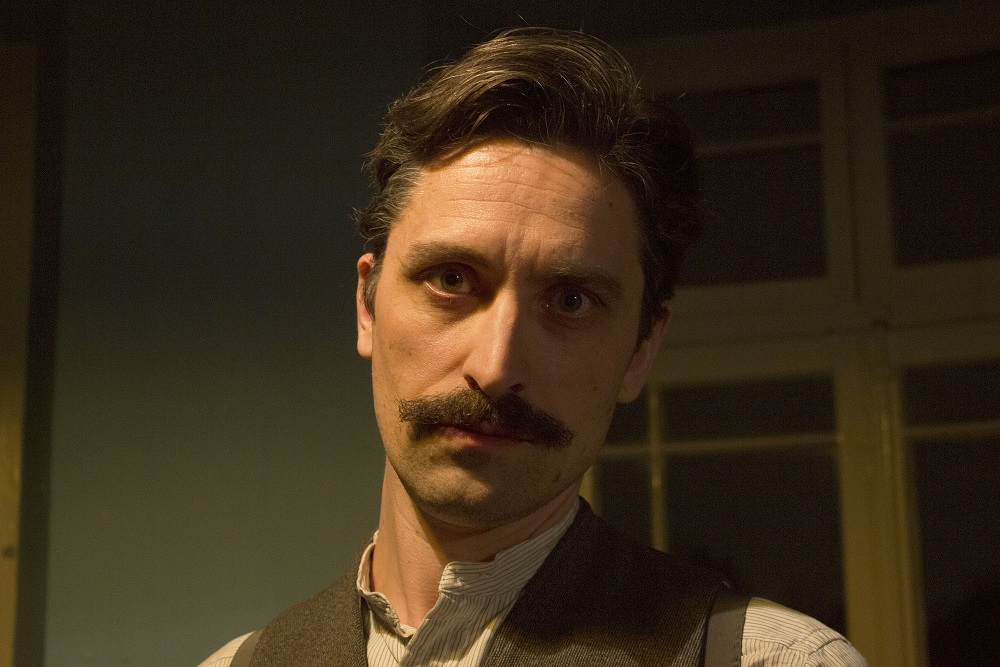 As ever with history from before the age of film, some of the budget went on actors tearing their hair and giving rousing speeches to empty rooms. “Haven’t you heard there’s been a revolution?” someone told Lenin in a drawing room. “I’ve heard this sort of rumour before. It’s probably German propaganda.” And he took another sip of tea. It’s high time documentaries dreamed up ways to bring history to life that don’t insult our intelligence, though Stalin (pictured above, Nick Cowell) would have been chuffed to note he’d grown about a foot. (A similar thing happened in a Mozart drama-doc a few years ago when little Wolfgang was played by a basketball player.) More evocatively, Eisenstein’s reconstruction of the seismic events, shot a decade later as a building block in the USSR’s creation story, was liberally sprinkled through the action, even though it rather multiplied the number of revolutionaries storming the Winter Palace.
As ever with history from before the age of film, some of the budget went on actors tearing their hair and giving rousing speeches to empty rooms. “Haven’t you heard there’s been a revolution?” someone told Lenin in a drawing room. “I’ve heard this sort of rumour before. It’s probably German propaganda.” And he took another sip of tea. It’s high time documentaries dreamed up ways to bring history to life that don’t insult our intelligence, though Stalin (pictured above, Nick Cowell) would have been chuffed to note he’d grown about a foot. (A similar thing happened in a Mozart drama-doc a few years ago when little Wolfgang was played by a basketball player.) More evocatively, Eisenstein’s reconstruction of the seismic events, shot a decade later as a building block in the USSR’s creation story, was liberally sprinkled through the action, even though it rather multiplied the number of revolutionaries storming the Winter Palace.
The other source of entertainment was watching historians disagree with one another. Was the revolution a coup d’état? Yes if you ask Kendall. All perfectly legit, according to Tariq Ali, the leftie firebrand who wasn't to be drawn on Lenin's project to set up a one-party dictatorship which killed thousands. Martin Amis, not being a narrative historian, was underused, but could be relied upon for a lapidary overview. “When the ideologue is confronted with reality that doesn’t fit into his scheme,” he explained, “he can’t defeat reality with argument, so the fist tightens.”
It’s still tight: a brief coda considered communism’s contemporary legacy in the person of the Vladimir currently in the Kremlin. This was efficient talking-head history, which would have worked even better as radio.

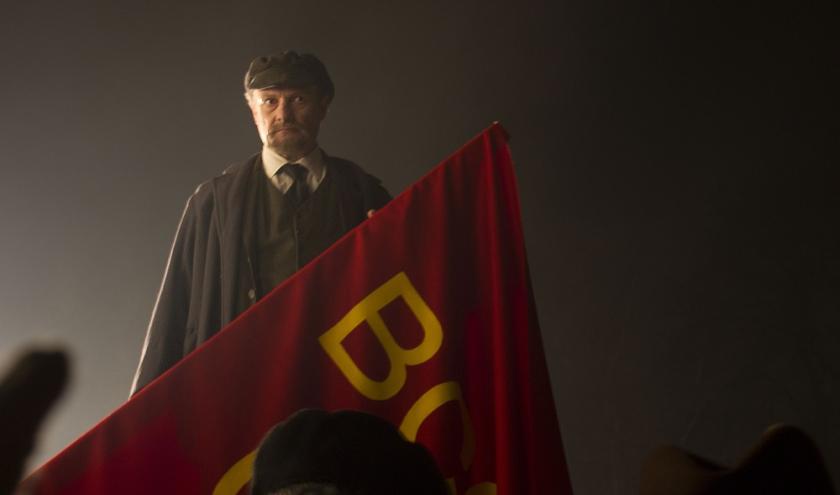

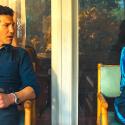

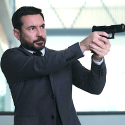
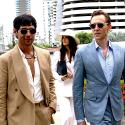

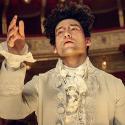






Add comment